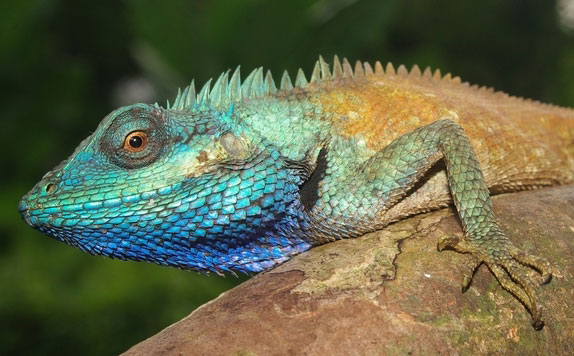
In the often overlooked realm of herpetology, a fascinating phenomenon has begun to capture the attention of scientists and reptile enthusiasts alike – Reptile Dysfunction. This peculiar occurrence, characterized by aberrant behaviors in free-roaming reptiles within domestic environments, has become the focus of an emerging field of study aimed at understanding the intricacies of reptilian psychology and behavior.
At first glance, one might dismiss the seemingly eccentric behaviors of reptiles with a laissez-faire attitude as mere oddities. However, scientists are increasingly recognizing a pattern of dysfunction that transcends the typical boundaries of reptilian behavior. Dr. Herpeto Cognizant, a leading researcher in the field, notes, “Reptilian Dysfunction represents a departure from the norm, as these creatures defy conventional expectations of confinement and exhibit behaviors more commonly associated with mammalian pets.”
To comprehend the underlying mechanisms of Reptilian Dysfunction, researchers have delved into a multidisciplinary approach, combining behavioral observation, environmental analysis, and neurobiological studies. Preliminary findings suggest a correlation between the dysfunction and the degree of environmental enrichment within a reptile’s habitat. Dr. Cognizant explains, “Reptiles that experience a lack of environmental stimulation may be more prone to developing dysfunction, as they seek unconventional means of engagement within their living spaces.”
The dysfunction manifests not only in aberrant lounging behaviors but also in irregular patterns of excretion and, in some cases, unexpected attempts at interaction, including biting. These behaviors, seemingly incongruous with traditional reptilian traits, underscore the need for a nuanced understanding of the complex interplay between environmental factors and reptilian cognition.
One intriguing aspect of Reptilian Dysfunction is its potential impact on the reptiles’ physical health. While studies are still in their infancy, researchers are exploring the long-term consequences of such dysfunction, including stress-related health issues and the potential influence on the reptiles’ life expectancy.
As scientists strive to unravel the mysteries of Reptilian Dysfunction, they emphasize the importance of responsible reptile ownership. Dr. Cognizant urges enthusiasts to consider the environmental needs of their scaled companions, providing mental and physical stimulation to foster a more harmonious cohabitation.
In conclusion, Reptilian Dysfunction represents a fascinating frontier in herpetological research, offering insights into the adaptability and behavioral plasticity of reptiles within human-centric environments. As we continue to peel back the layers of this intriguing phenomenon, the scientific community remains committed to enhancing our understanding of the intricate relationship between reptiles and their domestic surroundings.
About The Author
Rob Bobbins
Rob has 30+ years professional experience dawdling, idling, loafing and loggygagging.



